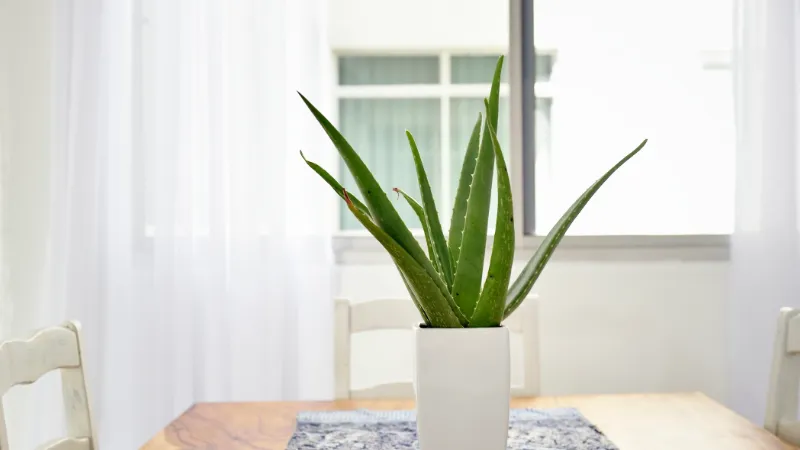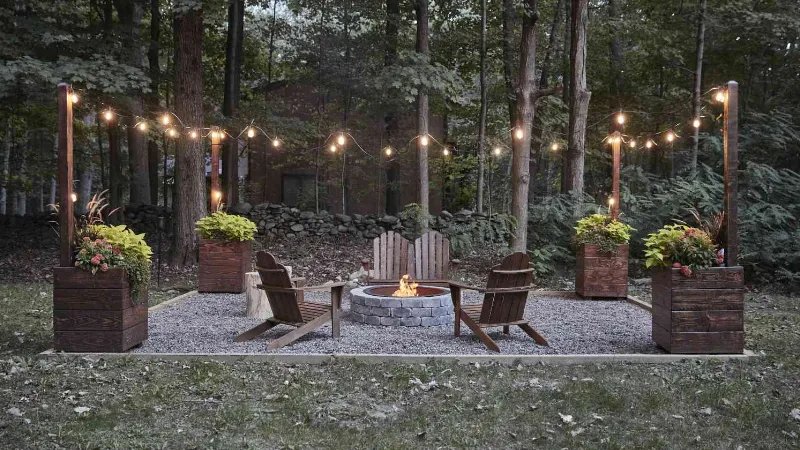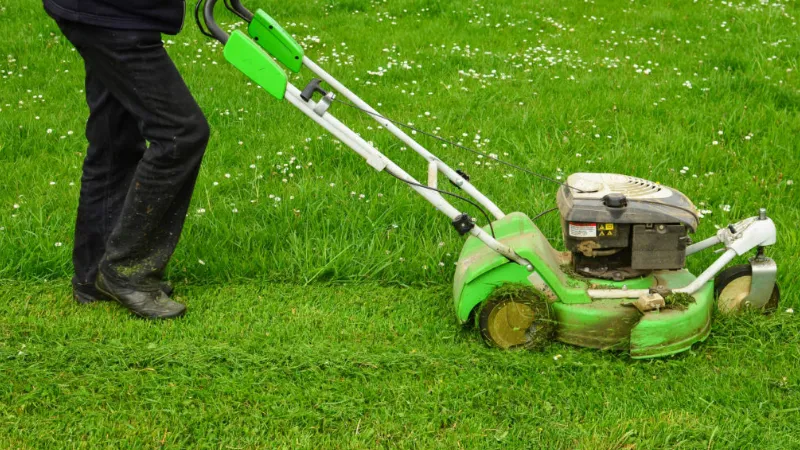Continue reading to find out how often to water Aloe to make your plant happy and healthy.
So, how often to water Aloe plants? While some aloe vera plants can go up to three weeks without watering, others only require watering every two weeks.
Checking the soil is a better way to determine whether your aloe plant needs watering. Before you water your plant once more, the top 1-2 inches of soil ought to have dried.
Please read on for more detailed information.
What Are Aloe Plants?
Succulent aloe plants are indigenous to the desert. To survive for extended periods of time without water, they store water in their leaves. Aloe plants can be grown both inside and outside and are simple to maintain.
Due to their reputation for healing, they are a fashionable plant to have in the house. The gel found inside aloe leaves, for instance, can relieve burns, cuts, and other skin irritations.
Cost-wise they’re also a budget-friendly plant, as they can be found for $15 or less at most garden stores.
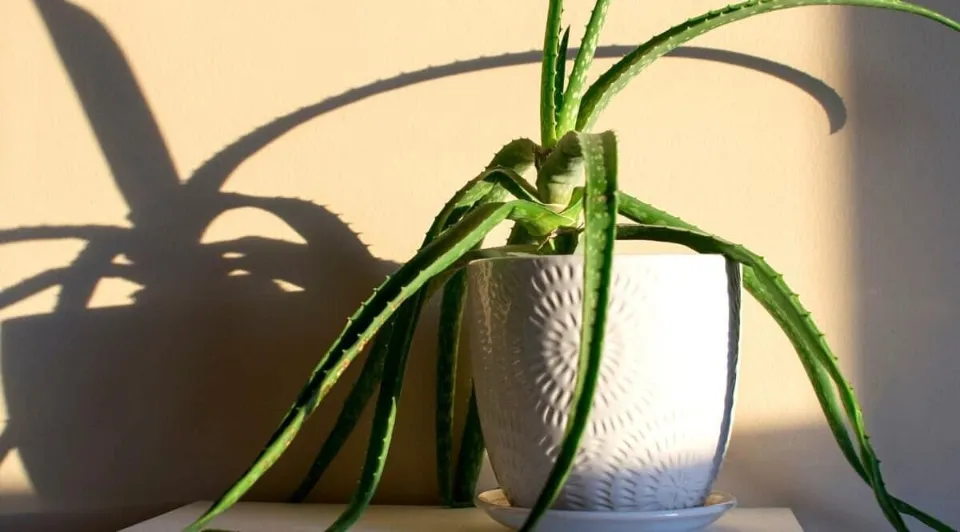
How Often to Water Aloe: When is It Time?
Let’s move on to how frequently to water Aloe now that you’ve hopefully gained an understanding of the risks associated with overwatering your plant.
Although this plant naturally grows in dry savannah regions of Southern and Eastern Africa, it does prefer moisture. Balance is ultimately everything,
Any type of plant should be watered according to its needs, which vary depending on the environment, season, soil type, light, and more. Sorry! That being said, here are some guidelines that can give you a pretty good idea of when it’s time to give your Aloe a soak.
- You’ll need to water your plant more frequently in the warm, summer months than in the chilly winter months when it’s probably dormant and not growing much.
- This effectively means that during the summer you can allow the soil to dry out halfway, and completely during the winter.
- Simply insert your finger there to determine the soil’s moisture or dryness levels. If you don’t want dirt under your nails, use a chopstick instead. Give your plant a drink if you don’t feel any moisture.
- You can weigh the planter by lifting it up. A light planter means time to water, whereas you can give it a bit more time if it still feels heavy.
- In practice, if your Aloe is getting plenty of light on a bright windowsill, you’ll probably be watering about every 1-2 weeks during summer and every 3-4 weeks during winter.
- Things might be a little different if you keep your aloe plant outside. Potted plants can dry out very quickly during a hot day, so keep a closer eye on the plant just in case.
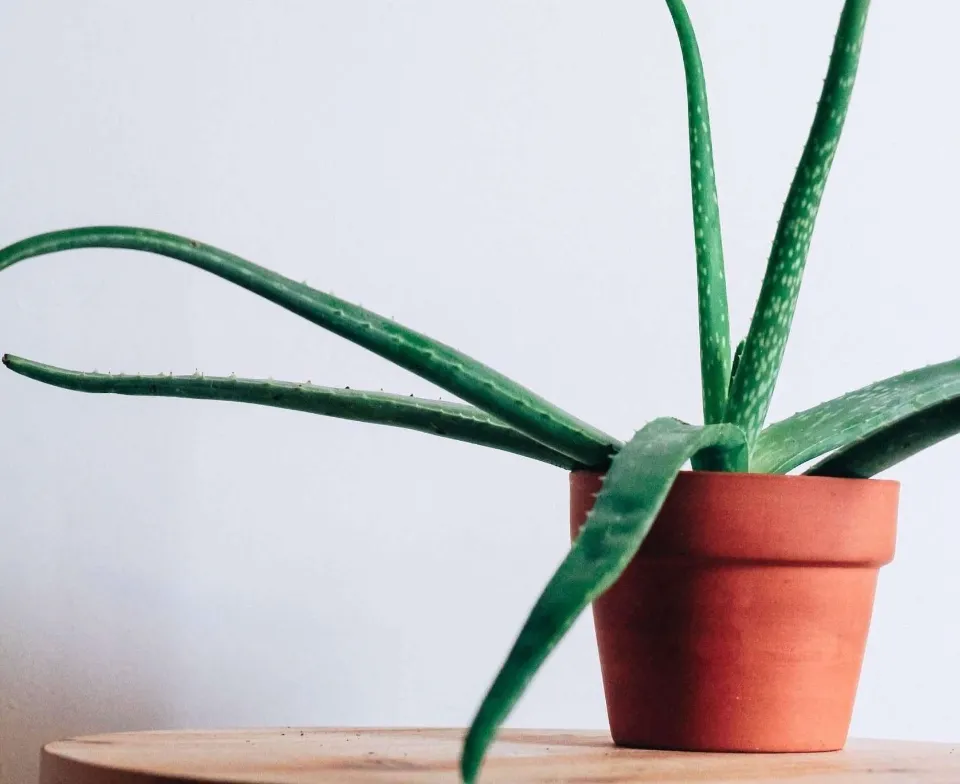
Aloe Vera Isn’t Getting Enough Water
You can also evaluate the plant’s health to see if your watering schedule is appropriate.
If your aloe vera is underwatered, the following symptoms can appear:
- Leaves turning yellow
- Puckered, shriveled looking plant
- Browning of leaves in more advanced stages, although brown leavescan also be caused by excess sunlight
Give your aloe plant a good watering to aid in its recovery, depending on the severity of the damage. Leaves that are already brown cannot be reverted to their original state.
Read about
Aloe Vera is Getting Too Much Water
Overwatering is much more typical of an issue with aloe plants. Too much moisture from frequent watering encourages the growth of fungi that can rot the roots.
Sometimes, root rot is a silent killer, that is, once the plant starts showing symptoms, it may already be too late.
Signs of overwatering include:
- Leaves will turn brown because the roots can no longer supply nutrients to the plant
- Leaves will develop watery blisters or edemas
- Or leaves will turn soft or mushy
- Mold may be observed on the surface of the soil
If your aloe plant exhibits these symptoms, you have been drowning it in water. By repotting your aloe into a dry pot and removing any diseased roots, you might be able to save it if there are still some healthy roots present.
The damage is usually too severe, though, and you have no choice but to start over with a new plant. With your newly acquired knowledge, you can avoid future occurrences of the same problems.
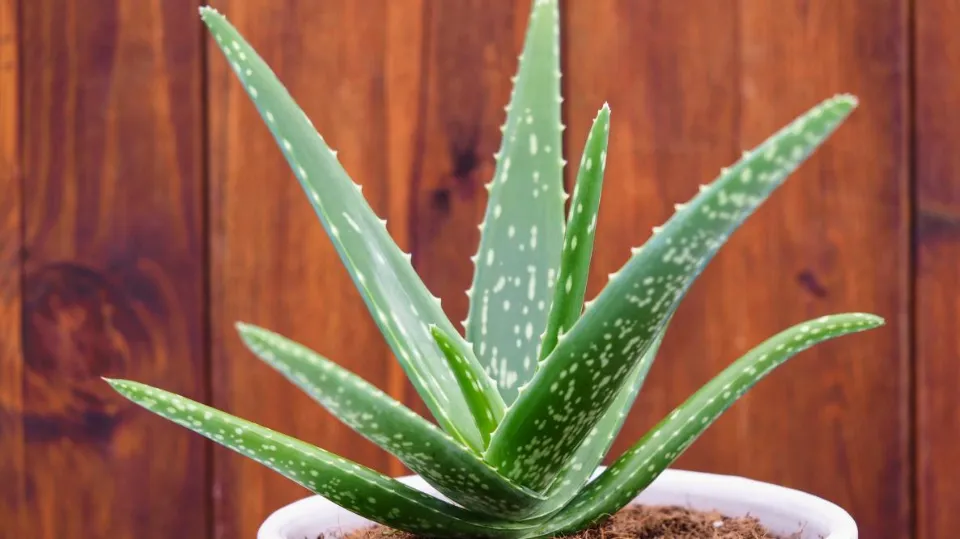
How Do You Water An Aloe?
The most crucial thing to keep in mind about aloes and other succulents is that they dislike getting a little bit of water frequently. They enjoy a thorough soak followed by being left alone until the soil has dried.
When the time comes to give your Aloe a drink, be sure to thoroughly moisten the soil until water runs out of the drainage hole on the planter’s base. Remove extra water after a few minutes if you use a saucer underneath.
You can apply some diluted succulent fertilizer and water your plants about once a month during the summer growing season.
If the water in your area tends to be quite hard, try soaking your Aloe’s soil with distilled water a few times a year. This aids in clearing the soil of any accumulated minerals.
Top watering tips:
Factors That Cause Aloe to Use Up More Water
So what elements will help the soil of your aloe dry out quickly enough for you to know when to water it?
It is important to understand these factors so that you can change your conditions to make your aloe thrive.
The following factors will help speed up your aloe’s soil to dry more quickly:
- Terra cotta pots will dry out faster than plastic, glazed ceramic, or any other non-porous material.
- Smaller pots typically dry out much more quickly.
- higher temperatures and drier air.
- Brighter lighting: Plants that receive more direct sunlight will use water more quickly and encourage soil to dry out more quickly.
- Plants that are root- or pot-bound will dry out more quickly.
- Much more quickly than compacted soils that are less compacted soils that are less compacted soils will dry out much more quickly than compacted soils that are compacted soils that are compacted soils
To sum up, water your aloe when the soil is completely dry. Don’t go by your calendar.
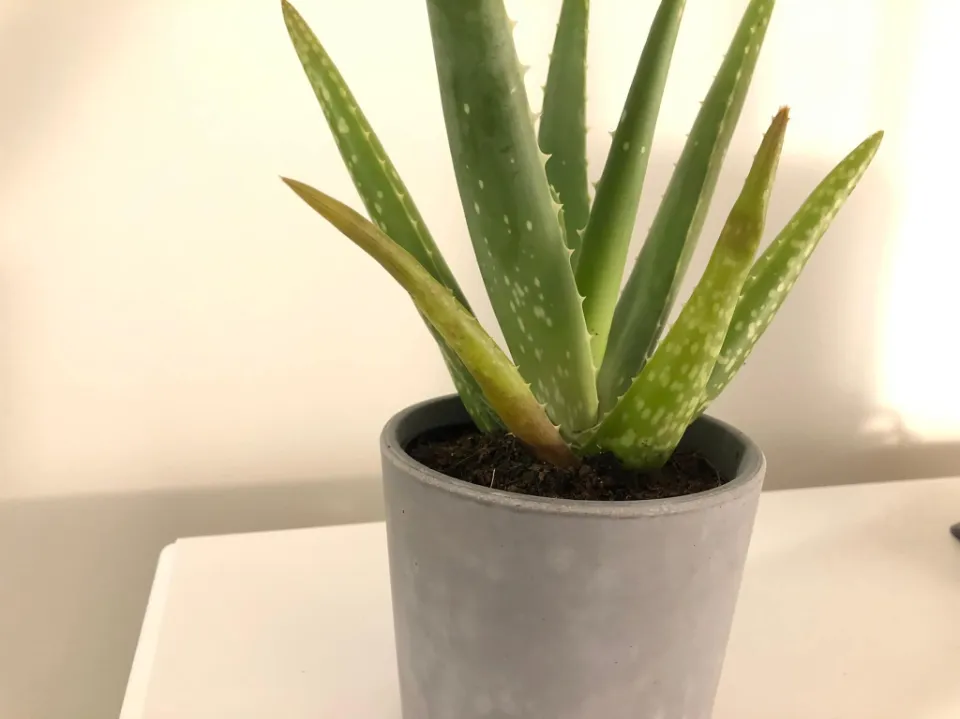
Can I Water My Aloe Plant With Ice Cubes?
Yes, using ice cubes to water your ale vera plant will help it grow. The plant needs a slow, steady supply of water that it can absorb over time, and this is exactly what you’re giving it when you water with ice cubes. Just make sure to use distilled or purified water to prevent contaminants from harming your plant.
You only need to place one to three ice cubes on the soil near the plant’s roots every week or so. If you’re using a tray to collect the runoff, check it frequently and add more water as necessary. Be careful not to overdo it because too much ice can harm your plant.
You shouldn’t be concerned about your plant freezing because it should be fine as long as the temperature inside your house is above 50 degrees.
Do You Water Aloe Vera from Top Or Bottom?
The best way to water your aloe vera plant is from the bottom up. Fill a saucer with water and place your plant in it, making sure the pot has drainage holes so that the plant doesn’t sit in water. Remove any extra water from the saucer and let the plant absorb it until it starts to drip out of the bottom of the pot.
Specialty pots with a water reservoir at the bottom can also be used to water plants gradually when necessary. These are perfect for aloe vera plants because they don’t like to sit in water.
You can water your plant continuously with ice cubes if you’re concerned about overwatering it. Once a week, sprinkle two or three ice cubes on the soil surrounding the plant and let them melt.
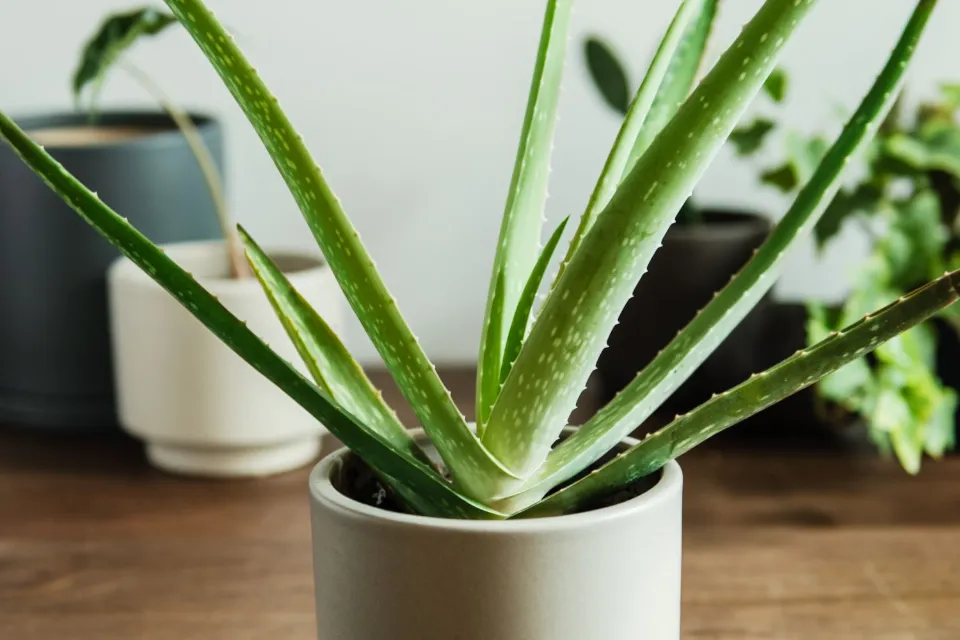
FAQs
What Does An Overwatered Aloe Plant Look Like?
You’ll know your aloe plant is being overwatered when the leaves develop what are called water-soaked spots that look soggy and soft. It almost seems as though the leaf absorbs all the water and swells to mush.
Can Aloe Vera Recover from Overwatering?
Let’s start with the answer you came here for yes, you can save an overwatered aloe plant! But you’ll need to put in some time and work. If you overwatered your aloe, don’t worry; there’s still hope. In fact, it is among the most typical errors people make when taking care of this well-liked houseplant.
How Long Can Aloe Plant Go Without Water?
The growing position of aloe vera, if it’s growing in the shade or indoors, it can go on for a month without water. If it’s sunny out, you might need to water once a week. A rootbound aloe vera plant with a lot of pups growing together in the same pot will become thirsty now and then.
Do Aloe Plants Need Direct Sunlight?
It is critical that you place your aloe in a window where it will receive a minimum of six hours of sunlight per day. Your succulent will start to stretch and lose its attractive, compact form in the absence of prolonged, direct light. As the stem ages, it might collapse.
Summary: How Often to Water Aloe Plants?
Some aloe vera plants require watering every two weeks, while others can go up to three weeks without.
How can you tell whether your aloe vera plant needs watering every two or three weeks? Actually, you shouldn’t base your watering schedule on how long it’s been since your last irrigation.
Checking the soil is a better way to determine whether your aloe plant needs watering. Before you water your plant once more, the top 1-2 inches of soil ought to have dried.
Dip your finger into the soil up to your second knuckle to determine whether the soil is still wet or dry. Water your aloe vera now if the soil is dry. Hold off on watering for the time being if it isn’t dry.
The fact that not all plants have the same watering needs is one of the reasons you shouldn’t always create a watering schedule that takes time into account.
If you have any questions, please leave a comment. My Prime Home tries to give you the best home improvement information. Don’t forget to share the post. Thank you for reading.
